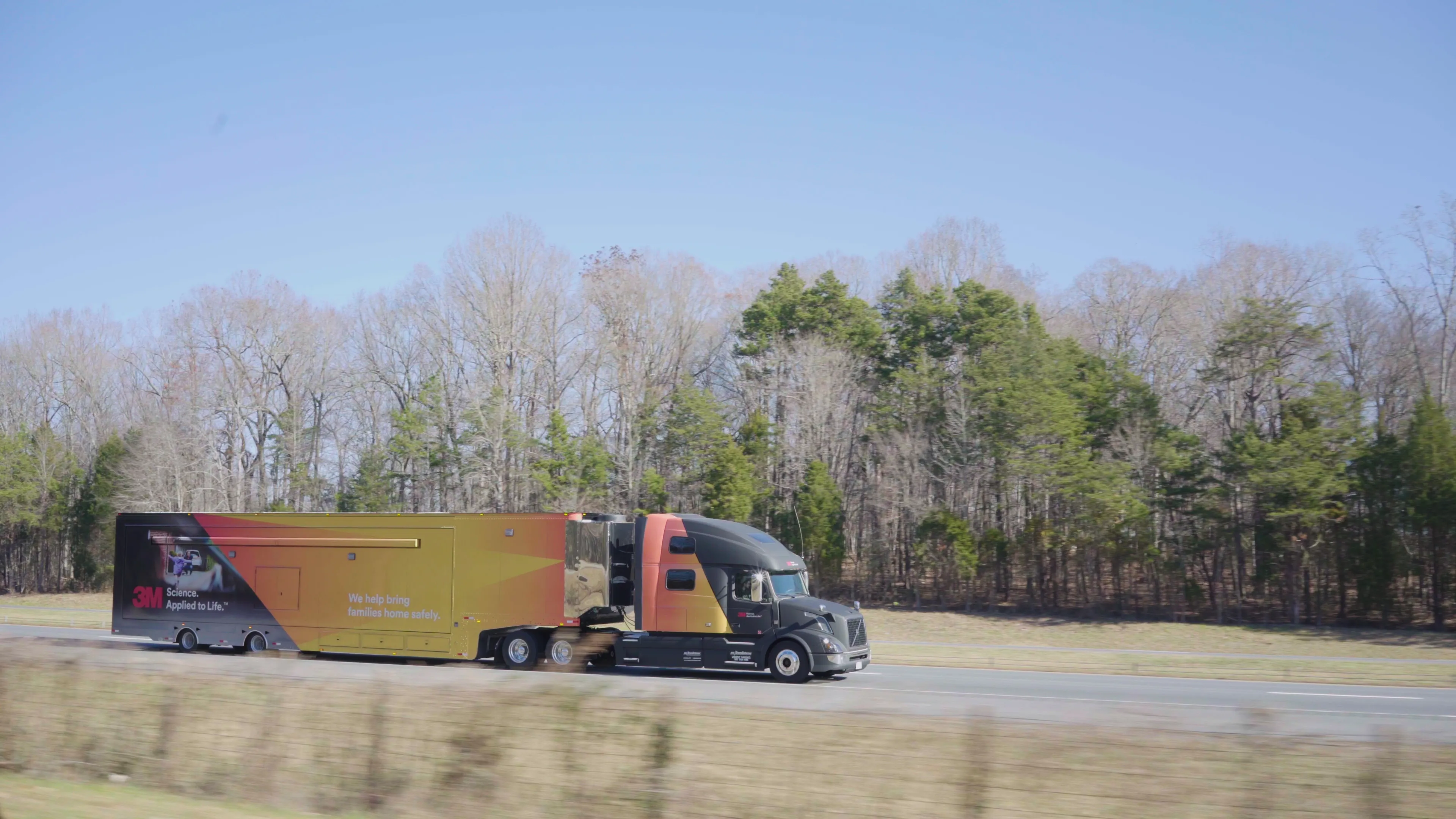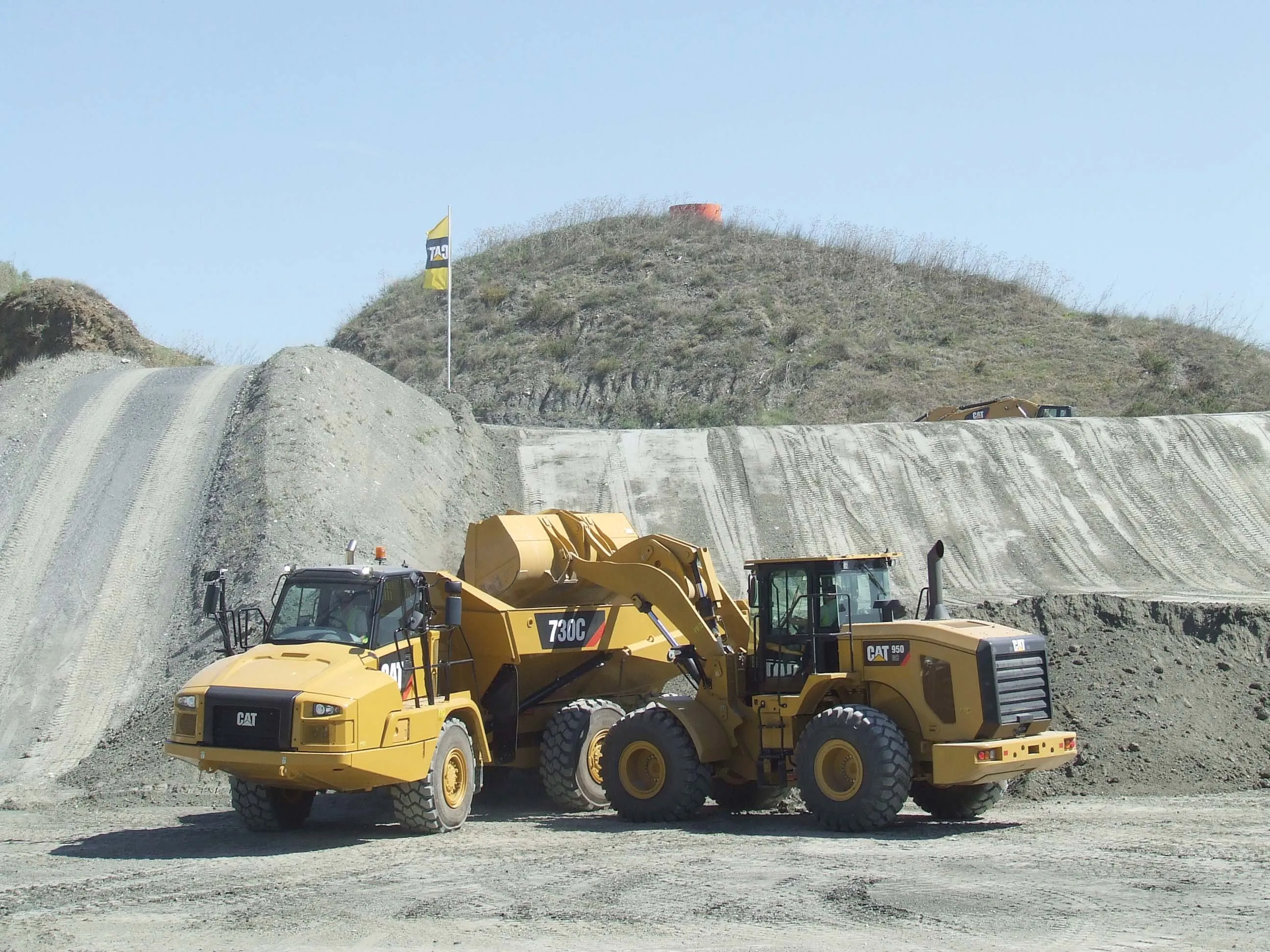Winter driving advice is being provided by the Finnish Vaisala transport research group. According to Vaisala, the driver plays a particularly important role in safety with regard to winter conditions. Driving safely in the winter is not only about road maintenance services and the condition of the road. Driver behaviour, speed, and driving style as well as the condition of the vehicle and its tyres play an important role in ensuring a safe journey. For example, awareness of significantly longer stopping di
December 11, 2013
Read time: 4 mins
Winter driving advice is being provided by the Finnish 355 Vaisala transport research group. According to Vaisala, the driver plays a particularly important role in safety with regard to winter conditions. Driving safely in the winter is not only about road maintenance services and the condition of the road. Driver behaviour, speed, and driving style as well as the condition of the vehicle and its tyres play an important role in ensuring a safe journey. For example, awareness of significantly longer stopping distances is critical when driving under roadway ice warnings or in areas prone to black ice.
Ice, snow, heavy rain and fog contribute to hazardous winter travel by reducing driver visibility and friction between a vehicle's tyres and the road surface. For example according to a2364 US Department of Transportation study, adverse weather conditions and slippery roads account for an average of 1,511,200 crashes and 629,300 injuries/year. Slippery roads that reduce grip account for the majority of these statistics with rain and ice as leading factors. Wet pavement accounts for 81% of the injuries and 77% of the fatalities and icy pavement accounts for 10% of injuries and 10% of fatalities in the US. In addition to loss of grip, rain, snow and fog can reduce visibility to nearly zero.
On a dry surface, a vehicle travelling at 60km/h has a braking distance of 18m. On a road surface with 0.15mm of hard ice, the braking distance at 60km/h increases to 71m, or almost three times the braking distance under normal conditions. Under hard ice conditions like this, the driver needs to reduce travel speed to 30km/h - or half of normal speed - to stop in the same distance as with a dry surface.
Recent developments in technology help transportation authorities identify when and where the roads are hazardous so safety precautions can be taken. Vaisala has remote sensors and weather stations used to measure road surface conditions in real time from the busiest city intersections to rural highways. For slippery road conditions, Vaisala's remote sensing technologies measure water, ice and snow level thicknesses on the road surface. This data is used to provide an assessment of friction for authorities to take appropriate action, such as switching on slippery road warning signs for drivers, trigger automatic de-icing sprays, or call for de-icing equipment to be dispatched. Other types of Vaisala remote sensors measure visibility in real time to issue low visibility warnings due to rain, snow, and fog.
These remote sensors for road surface conditions and visibility can be combined with traffic cameras, weather stations, thermal mapping, forecasting services, decision support systems and mobile communications for a high tech solution to improve road safety. Intelligent traffic systems can automatically issue roadside and broadcast warnings, dispatch crews to problem areas, and forecast hazardous conditions for transportation authorities to Plan ahead and pre-stage equipment to improve road conditions, potentially saving lives.
Transportation authorities are adopting new technology to measure, identify, and predict hazardous road conditions that can, in many cases, be reduced with treatment such as de-icing sprays or salt applications. However the driver's behaviour before and during winter road hazards plays a critical role. For example slippery roads due to wet pavement and ice have deadly consequences due to loss of friction between the tyre and the road. Drivers are responsible for ensuring that their tyres are maintained according to the manufacturer's recommendation. Even when tyres are properly inflated, rotated and replaced as recommended, drivers should also heed roadside and broadcast warnings and adjust their speed, distances between vehicles, acceleration and deceleration accordingly in order to maximise safety under winter conditions.
Ice, snow, heavy rain and fog contribute to hazardous winter travel by reducing driver visibility and friction between a vehicle's tyres and the road surface. For example according to a
On a dry surface, a vehicle travelling at 60km/h has a braking distance of 18m. On a road surface with 0.15mm of hard ice, the braking distance at 60km/h increases to 71m, or almost three times the braking distance under normal conditions. Under hard ice conditions like this, the driver needs to reduce travel speed to 30km/h - or half of normal speed - to stop in the same distance as with a dry surface.
Recent developments in technology help transportation authorities identify when and where the roads are hazardous so safety precautions can be taken. Vaisala has remote sensors and weather stations used to measure road surface conditions in real time from the busiest city intersections to rural highways. For slippery road conditions, Vaisala's remote sensing technologies measure water, ice and snow level thicknesses on the road surface. This data is used to provide an assessment of friction for authorities to take appropriate action, such as switching on slippery road warning signs for drivers, trigger automatic de-icing sprays, or call for de-icing equipment to be dispatched. Other types of Vaisala remote sensors measure visibility in real time to issue low visibility warnings due to rain, snow, and fog.
These remote sensors for road surface conditions and visibility can be combined with traffic cameras, weather stations, thermal mapping, forecasting services, decision support systems and mobile communications for a high tech solution to improve road safety. Intelligent traffic systems can automatically issue roadside and broadcast warnings, dispatch crews to problem areas, and forecast hazardous conditions for transportation authorities to Plan ahead and pre-stage equipment to improve road conditions, potentially saving lives.
Transportation authorities are adopting new technology to measure, identify, and predict hazardous road conditions that can, in many cases, be reduced with treatment such as de-icing sprays or salt applications. However the driver's behaviour before and during winter road hazards plays a critical role. For example slippery roads due to wet pavement and ice have deadly consequences due to loss of friction between the tyre and the road. Drivers are responsible for ensuring that their tyres are maintained according to the manufacturer's recommendation. Even when tyres are properly inflated, rotated and replaced as recommended, drivers should also heed roadside and broadcast warnings and adjust their speed, distances between vehicles, acceleration and deceleration accordingly in order to maximise safety under winter conditions.








